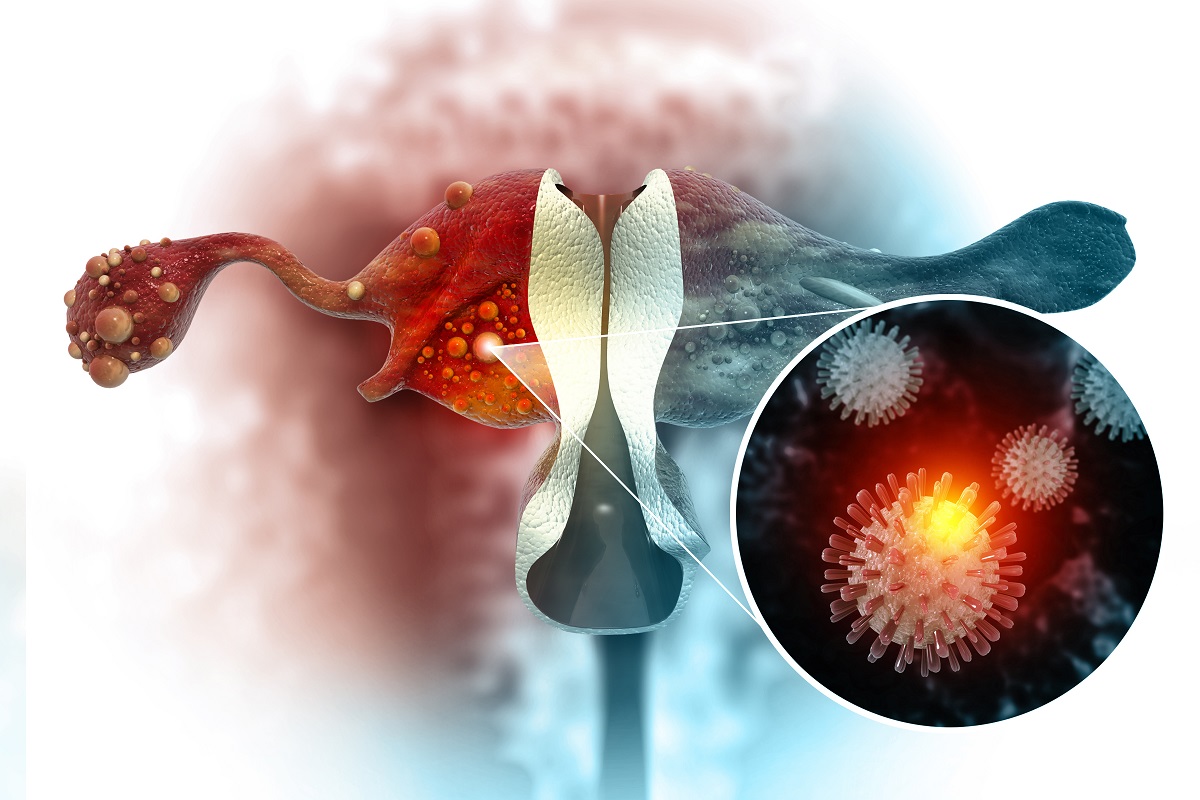KEY TAKEAWAYS
- The study aimed to explore kuwanon C’s antitumor effects on HeLa cervical cancer cells and its underlying mechanisms.
- The results showed that Kuwanon C is a promising candidate for developing future antitumor drugs.
Kuwanon C is a unique flavonoid found in the mulberry family, mainly characterized by its 2 isopentenyl groups. While its properties, such as antioxidant, hypoglycemic, antimicrobial, food preservation, skin whitening, and nematode lifespan extension, have been studied, its role in cancer treatment, such as skin and cervical cancer, hasn’t been explored much.
Gangxiang Yuan and the team aimed to investigate the antitumor effects of kuwanon C on cervical cancer cells, particularly HeLa cells, and to uncover the specific mechanisms through which it exerts these effects.
Researchers used various experimental techniques, including cell proliferation assays, wound healing assays, EdU 488 proliferation assay, mitochondrial membrane potential assay, ROS level assay, cell cycle analysis, apoptosis analysis, and studies on kuwanon C’s target sites and molecular docking.
The results revealed that kuwanon C significantly affected the cell cycle progression of HeLa cells, disrupted their mitochondrial membrane potential, and led to a substantial increase in intracellular ROS levels; it also demonstrated notable anti-proliferative and pro-apoptotic effects on HeLa cells, outperforming commonly used antitumor drugs like paclitaxel and cisplatin. Interestingly, kuwanon C showed superior efficacy and is more easily accessible than paclitaxel.
The study concludes that kuwanon C exerts strong antitumor effects by interacting with the mitochondrial and endoplasmic reticulum membranes, inducing significant ROS production, disrupting their normal structure, inhibiting cell cycle progression, and stimulating apoptotic signaling pathways.
This ultimately results in the death of HeLa tumor cells. As a compound derived from Morus alba, kuwanon C shows great promise as a potential candidate for developing effective antitumor drugs.
The study was funded by the National Key R&D Program of China.
Source: https://pubmed.ncbi.nlm.nih.gov/39125863/
Yuan G, Qian P, Chen L, et al. (2024). “Kuwanon C Inhibits Tumor Cell Proliferation and Induces Apoptosis by Targeting Mitochondria and Endoplasmic Reticulum.” Int J Mol Sci. 2024 Jul 30;25(15):8293. doi: 10.3390/ijms25158293. PMID: 39125863; PMCID: PMC11312418.



